“We install Carrier and Daikin equipment,” Wheat explains. However, I not only send my guys to classes provided by those two manufacturers, but I also send them to courses from Trane, Rheem, and others. If there is a company training on their equipment in our area, I’m sending my guys to it. That way, we can work on anything we see in the field and know what’s going on.”
New Refrigerants
With the current phasedown of HFC refrigerants and the move in the United States toward “lightly flammable” A2L refrigerants, Jeff Wheat says he is trying to stay on top of all the changes. However, he feels there still isn’t enough information on them.
“What I have read is that manufacturers are changing the standard of their testing in the factory. They are looking at a new approach to rating equipment using SEER 1, SEER 2 Rating. From my point of view, this is good – I’ve always felt the old SEER rating system has been inaccurate.
“On the other hand, from the aspect of A2L flammable refrigerants, the international code now says you need to pressure test refrigerant lines for 20 minutes or so, and then you need to pull a vacuum. Then you put a micron gauge on it.
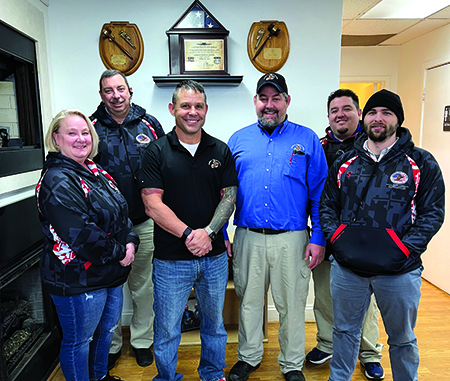
“I find that interesting. Our team has been doing this, but to be honest, the International Code wants contractors to hold that pressure test for an hour. We hold a maximum pressure test for 20 minutes, and then we turn the vacuum pump on.”
Wheat adds that he thinks there is a chance that the new refrigerants may require different airflows than what is standard now.
He says, “Any way you look at it, the change to A2L refrigerants isn’t going to be fun for a lot of people.
“Also, once we change over to the new refrigerants, we’ll have to change how we carry the tanks on our trucks. These will fall under Department of Transportation (DOT) requirements currently in place for carrying flammable refrigerants in vehicles.”
Whatever changes come down the pike, Jeff Wheat knows he will need to get his field service and installation teams trained on the proper handling and transport of A2L refrigerants, and he is prepared for that.
System Renovations and Air Upgrades
Since 2004 James A. Wheat and Sons has been training and selling using the High-Performance HVAC contracting approach. Like many contractors on the Performance PATH, there is usually some resistance in the field – either from customers who just don’t get it or from competitive companies that badmouth the approach. Jeff Wheat says that may have been the case in the early years for them, but today, not so much.
“We find our competitors don’t know about high-performance HVAC,” he says. “For instance, there’s a large company in my market that receives a lot of accolades for their sales. It makes me laugh because they don’t deal with airflow or duct renovation. They refuse to bother with it.
“Meanwhile, we’ve been called into several of their customers’ homes to fix comfort complaints. We often find a new furnace and air conditioning system. I’ll ask the customer what the installing contractor says about the issue, and often, the customer says that the contractor tells them to call someone else! That is usually us!”
Wheat adds, that High-Performance HVAC is really at the core of what they do.
“We like to do all the testing and measuring and then offer customers choices to get the biggest bang for their dollar. Those choices include how we can best help them right now: the best, fastest, easiest way.”
Click Below for the Next Page:


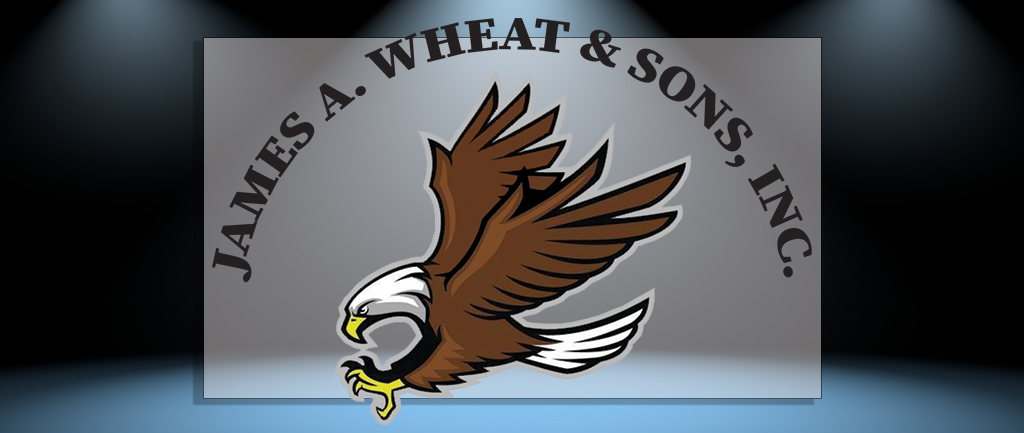
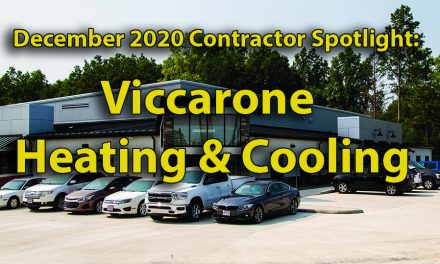
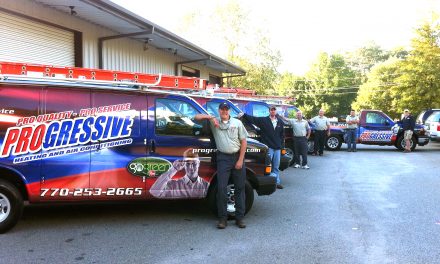

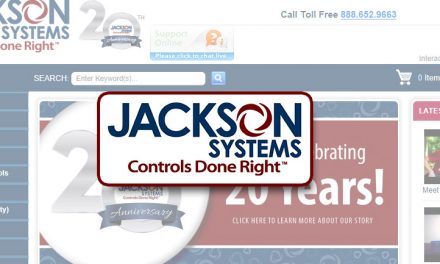






They have one more thing to accomplish; very accurate measurement of the heat loss/gain of the homes envelope, and, then matching the HVAC equipment to the actual load.
This would guarantee, the customer, a very high level of comfort.
We took the NCI training a number of years ago. Although we do not make or install duct work, it was helpful to understand what HVAC contractors need to know. We perform duct leakage testing for many of them throughout MD and DC. It is easy to see who puts emphasis on comfort by how their systems are finished and by default, how they perform under test conditions.